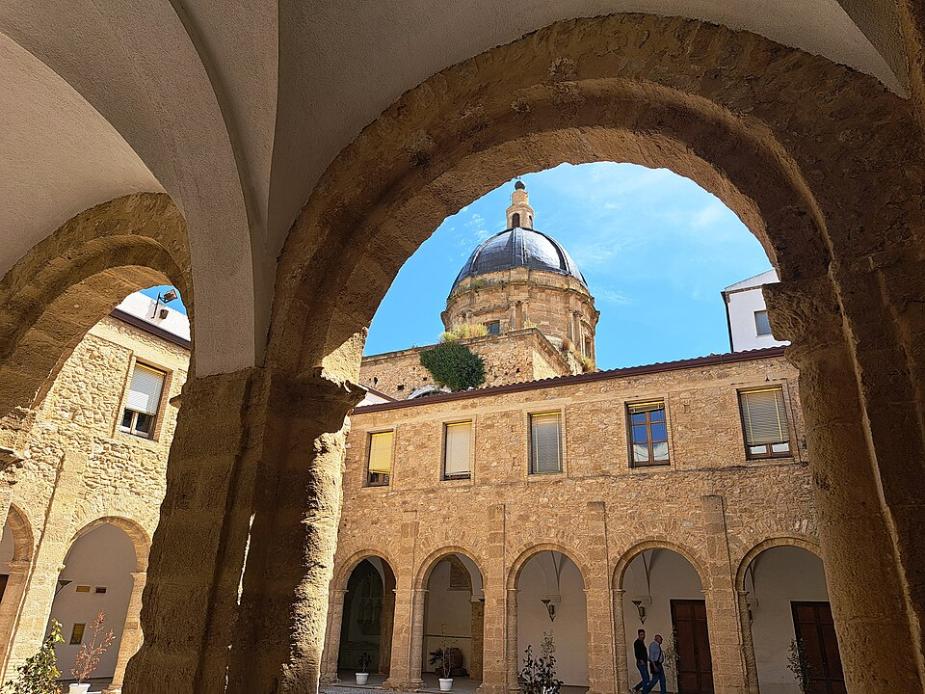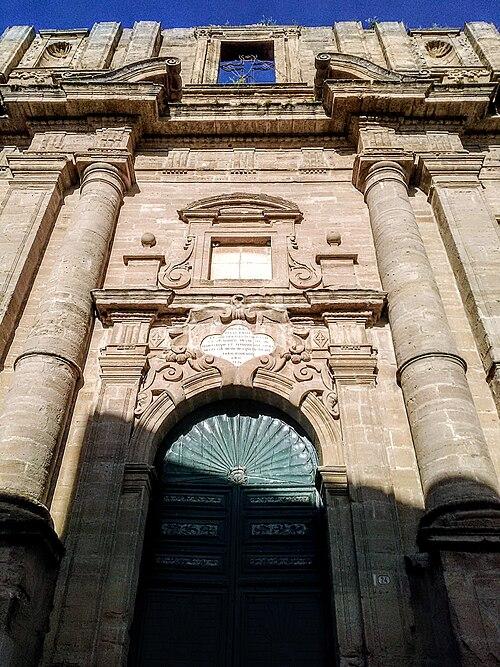
Timelines 10
Man and his Senses 10
Man and his Inventions 10
Geography 10
Fauna 10
Timelines 10
Man and his Senses 10
Man and his Inventions 10
Geography 10
Fauna 10

Baroque is a language of theatricality: a sculpted façade, an oval nave, a ceiling that seems to move. It announced itself across seventeenth-century Europe as an instrument of persuasion, for the Church and for princely power, and its vocabulary travelled, with different accents, to distant colonies and port towns. In Bohemia, Baroque became a native style; in India it arrived as a colonial set of rules, adapted to techniques and climate. Reading these two aspects together reveals how the same stylistic techniques were used to assert authority, to translate faith into stone, and later to survive very different weather and social conditions.
The Baroque that took hold in Bohemia and Prague is bold and inventive. Between the late seventeenth and mid-eighteenth centuries the Czech lands became one of the principal centres of a vigorous High Baroque, often called the Radical Baroque of Bohemia. Architects such as Christoph Dientzenhofer and his son Kilian Ignaz Dientzenhofer stretched walls into curves, carved ovals into plans and designed for a sense of motion; their St. Nicholas Church in the Lesser Town of Prague remains, in many accounts, the single most striking manifestation of Prague Baroque. Baroque in Bohemia did not merely borrow Italian models — it reworked them, adding local materials, sculptural programs and a strong theatrical composition that still defines Prague’s cityscape.
Prague’s Baroque is civic as much as devotional. Palaces such as the Clam-Gallas and the Wallenstein complex testify to aristocratic patronage; façades, grand staircases and stuccoed interiors show status. Walking the Old Town and Lesser Town today, the style is clear: heavy mouldings, decorative festoons, frescoed ceilings and an emphasis on movement rather than static proportion. The style’s success in Bohemia was tied to politics, the Catholic consolidation after the Thirty Years’ War, and to the presence of immigrant architects and craftsmen who translated continental currents into local practice.
Arrival in India
Baroque reached India by a different route, carried by Iberian builders and missionary effort rather than by courtly interventions. The Portuguese ports of Goa, Daman and Diu became places where Iberian baroque forms met local practice. A photographic record shows how Neo-Roman and Baroque modes were adapted across Goa, Kerala, Daman and Pondicherry: churches with Corinthian columns, sculpted pediments and rich interiors that were nevertheless made with local stone, local masons and, often, mixed imagery. In Goa the Sé Cathedral and the UNESCO-listed Basilica of Bom Jesus stand as the clearest examples: one a late Gothic building later given Baroque features, the other a richly ornamented Baroque basilica housing the relics of St. Francis Xavier. These are Baroque buildings that also carry the stamp of colonial ritual and coastal trade.
Adapting Baroque to tropical climates required ingenuity. In India the theatricality of Baroque was shaped by practical responses to heat, monsoon and humidity: high ceilings, broad verandas, larger windows for ventilation, and covered porches that break direct sun. Local craftsmen translated ornate European motifs into stone and woodwork that could withstand coastal salt and heavy rains; the result is not mere imitation but a hybrid architecture that applies European decoration to tropical needs. The Portuguese and later colonial builders therefore built buildings that are both statements of power and works adapted to place.

There is, too, a documentary record that shows both continuity and difference. In Bohemia the Baroque remains a dense urban fabric — palaces and churches integrated into an evolving civic fabric. In India the most visible Baroque is concentrated in coastal pockets and mission towns where colonial administration and trade created the conditions for large church commissions. A mid‑twentieth‑century project of photographic documentation recorded dozens of Baroque and Neo‑Roman churches across multiple Indian states; that archive now helps preserve memory even as some buildings face decay or insensitive repair.
Modern tools, notably artificial intelligence and digital imaging, are now being turned to the problem of preserving these layered legacies. Recent work on cultural heritage preservation in India notes that machine learning, image recognition and 3D scanning can catalogue, analyse deterioration patterns and even suggest restoration strategies; drones and laser scanning create high‑resolution models for long‑term archiving, while AR/VR tools can make sites easier to understand without increased physical pressure on fragile fabric. These technological interventions open new possibilities, and raise ethical questions about ownership, authenticity and access, but they also offer a practical route to keep ornate plasterwork, carved altars and fresco programmes available to scholars and the public.
Seen together, the Czech and Indian Baroque styles ask a common question: how does a style born of spectacle remain meaningful when patronage, climate and cultural context change? The answer lies partly in adaptability. The Dientzenhofers’ curved naves survive because they were built with durable masonry and civic investment; the Bom Jesus and Sé Cathedral survive because local building practice and conservation attention have kept them functioning as living churches. Today’s archivists and technologists add a third layer: digital preservation that complements craft repair. The result is a layered stewardship: stone and mortar; ritual use and civic value; and now, data and models, that keeps Baroque architecture as fabulous across centuries.
If there is a modest civic claim in that conclusion it is this: Baroque is not merely a style to be admired under glass. It is a public language of power, of faith, and of skilled labour that must be read in its original terms and in its local translations. Whether in Prague’s domed nave or Goa’s carved façade, the same human labour and the same questions of climate and continuity are present. Preserving that conversation requires both masons and machines; memory and modelling; a respect for the very theatricality that first made Baroque a language worth speaking.
Sources:
https://tinyurl.com/23jg37of
https://tinyurl.com/2bo4rpza
https://tinyurl.com/2b9zrrwr
https://tinyurl.com/pf4n5x8
https://tinyurl.com/245fwzev
https://tinyurl.com/26dsg5h2
https://tinyurl.com/24mod9wf
https://tinyurl.com/252cod6p
https://tinyurl.com/245fwzev